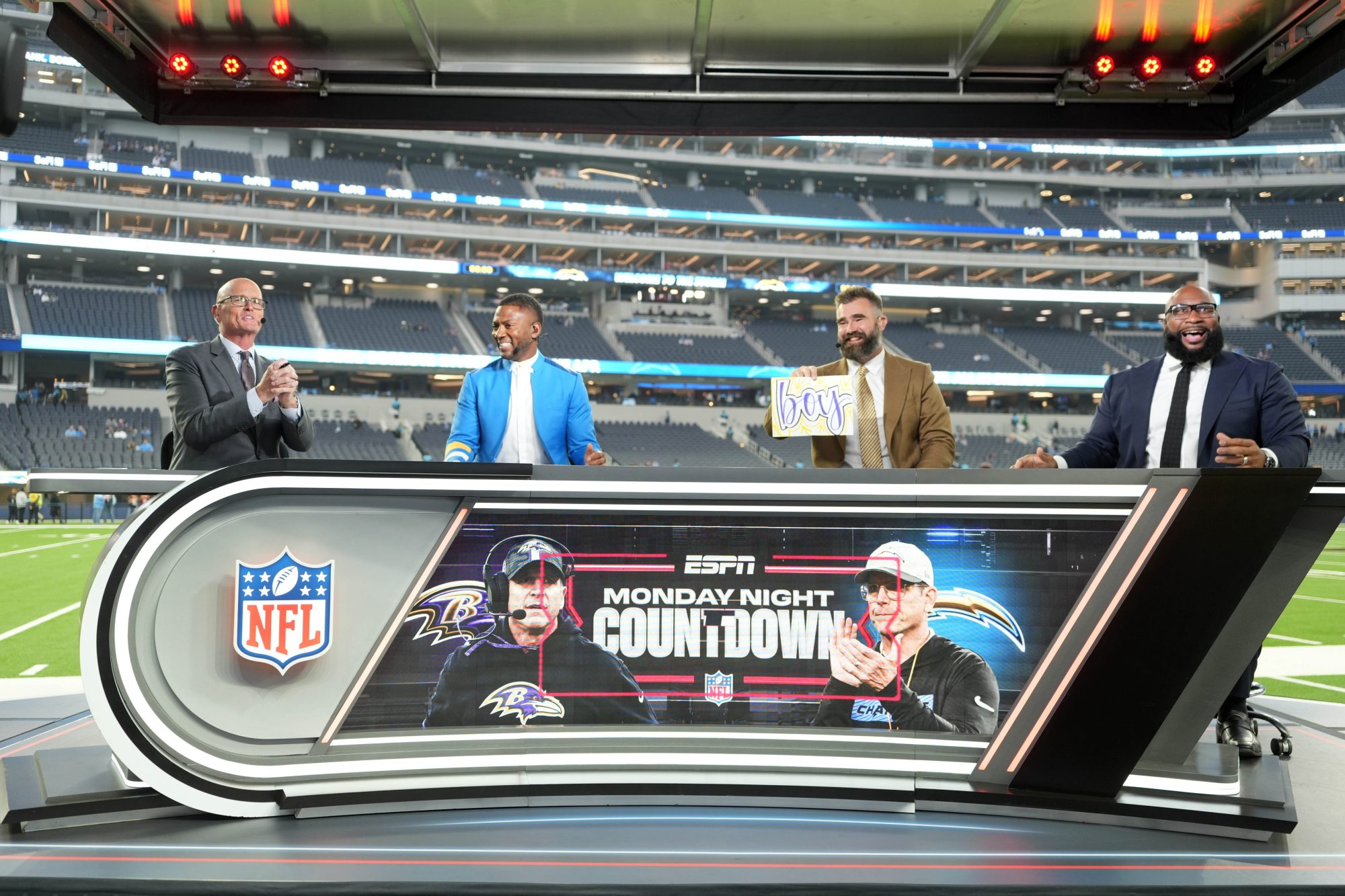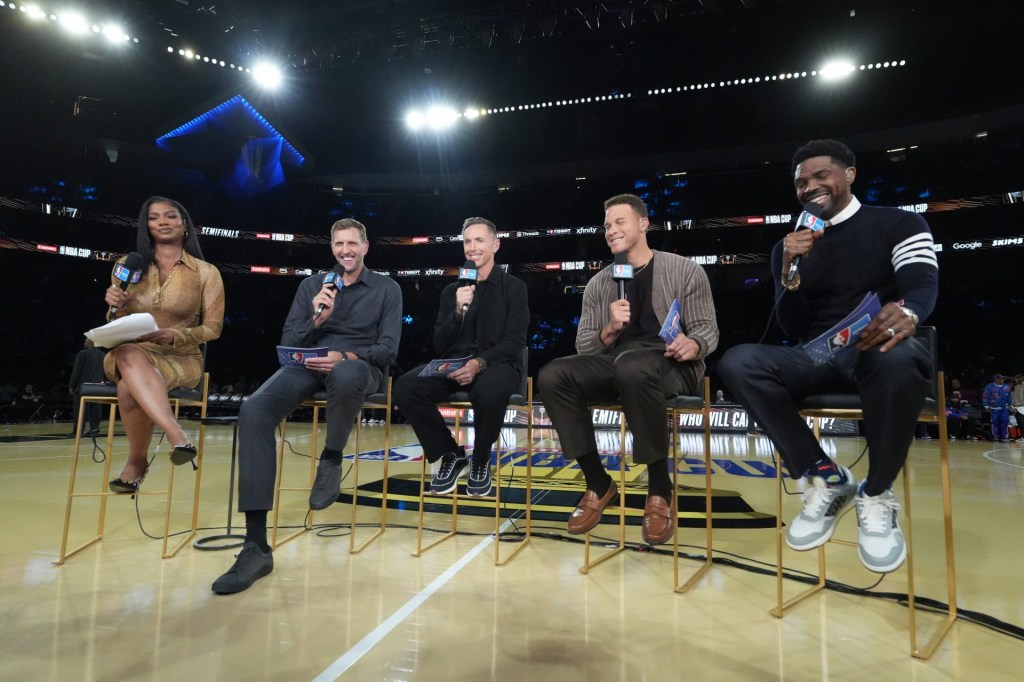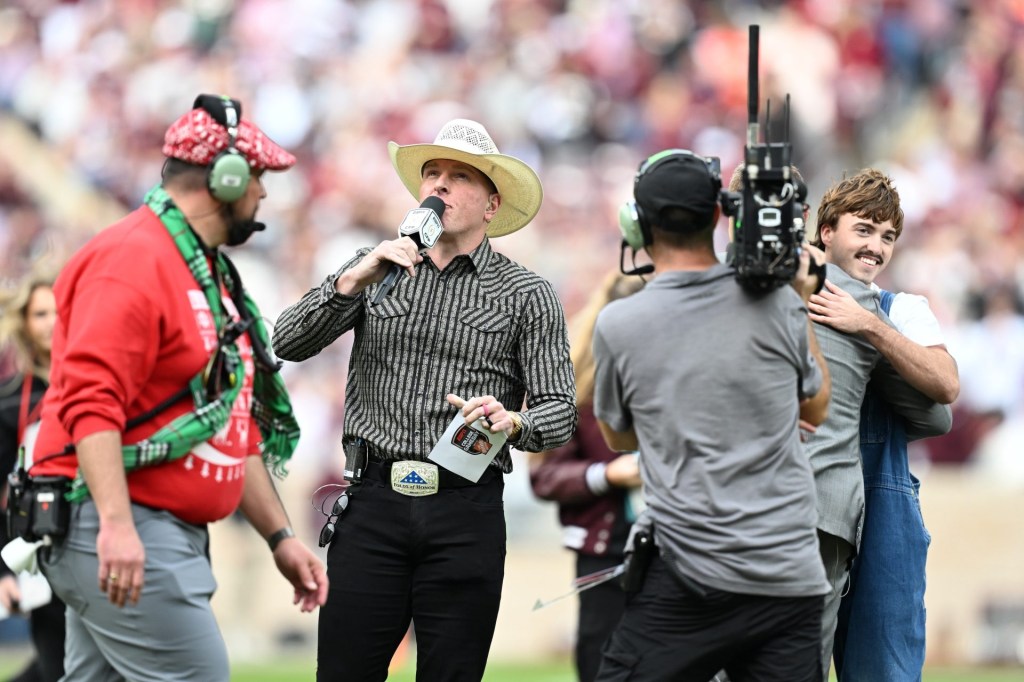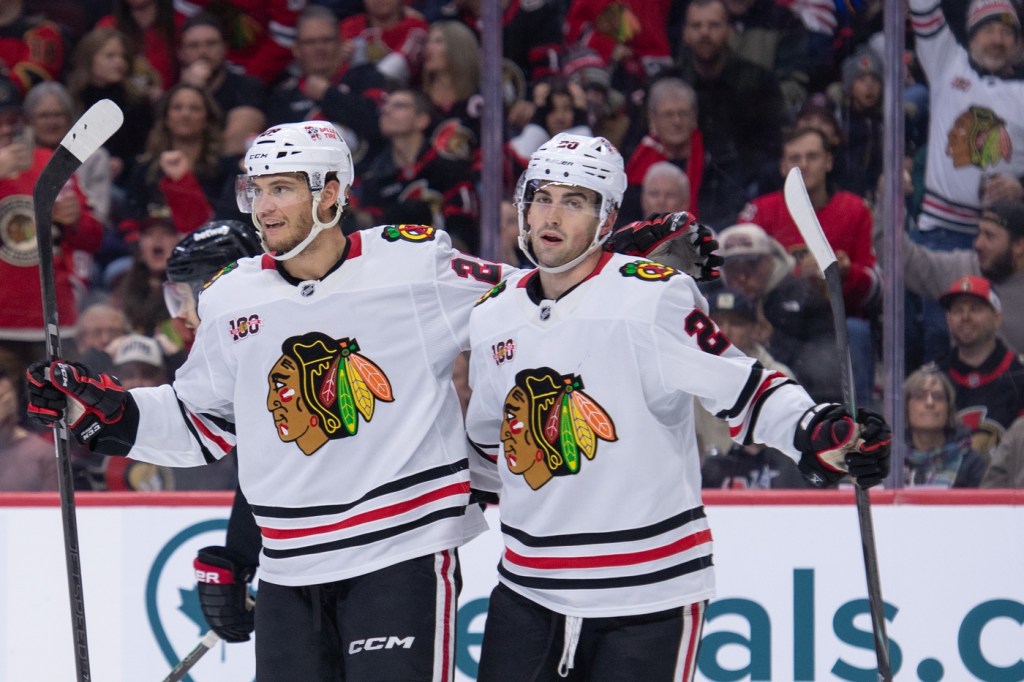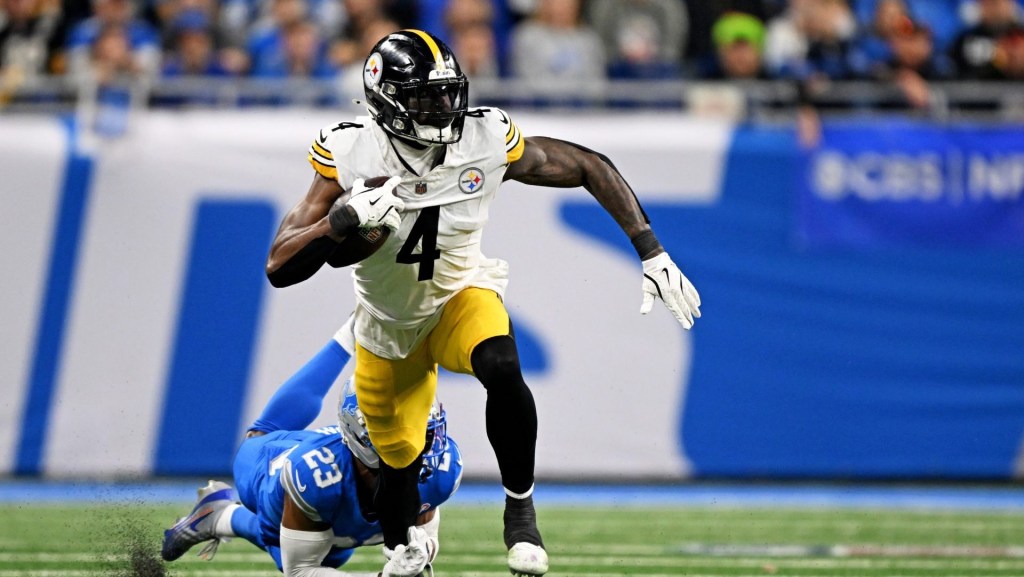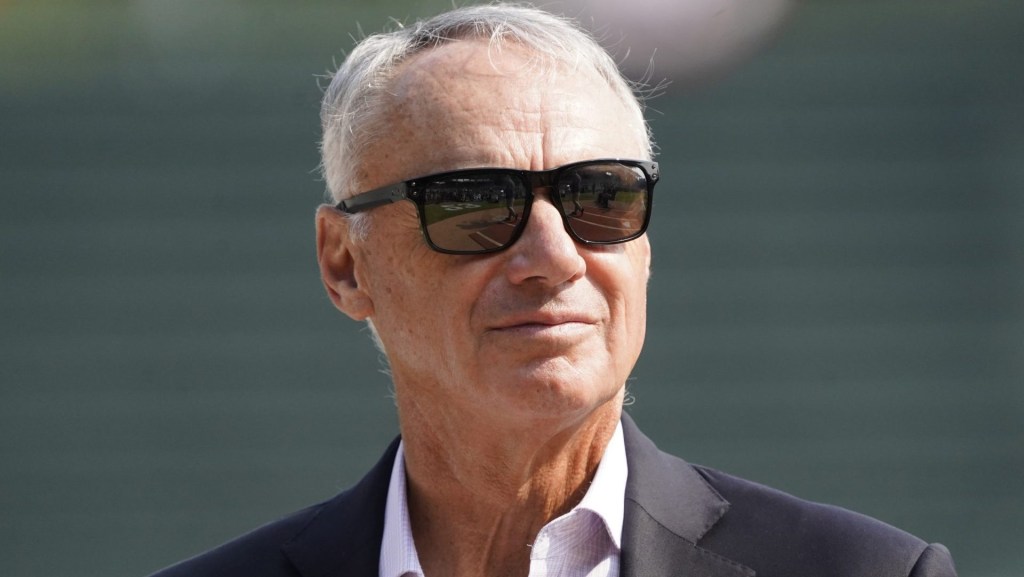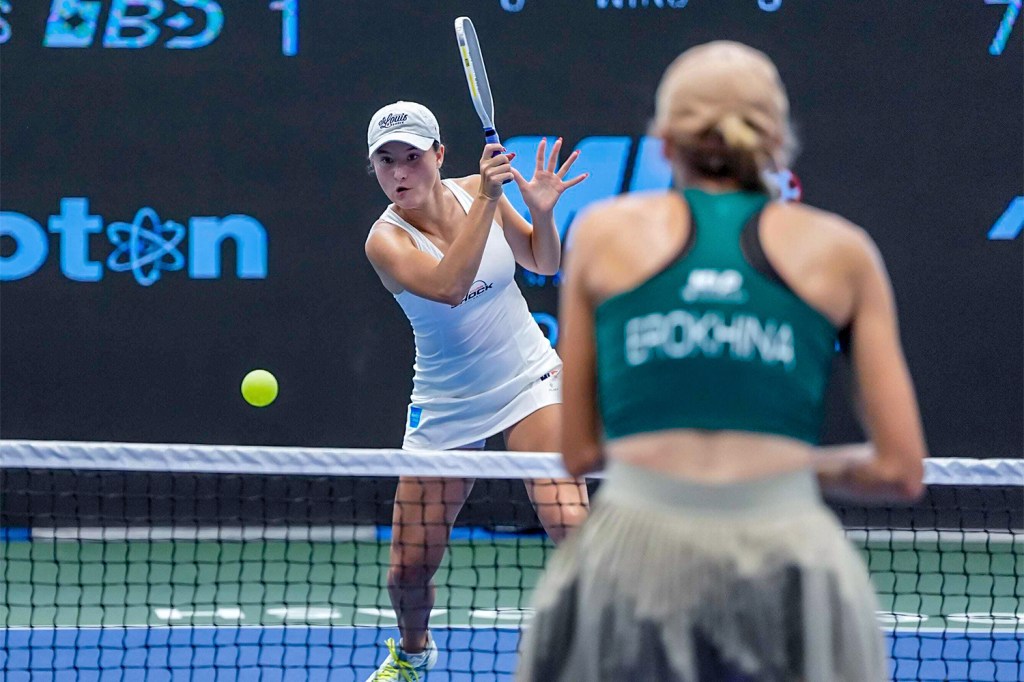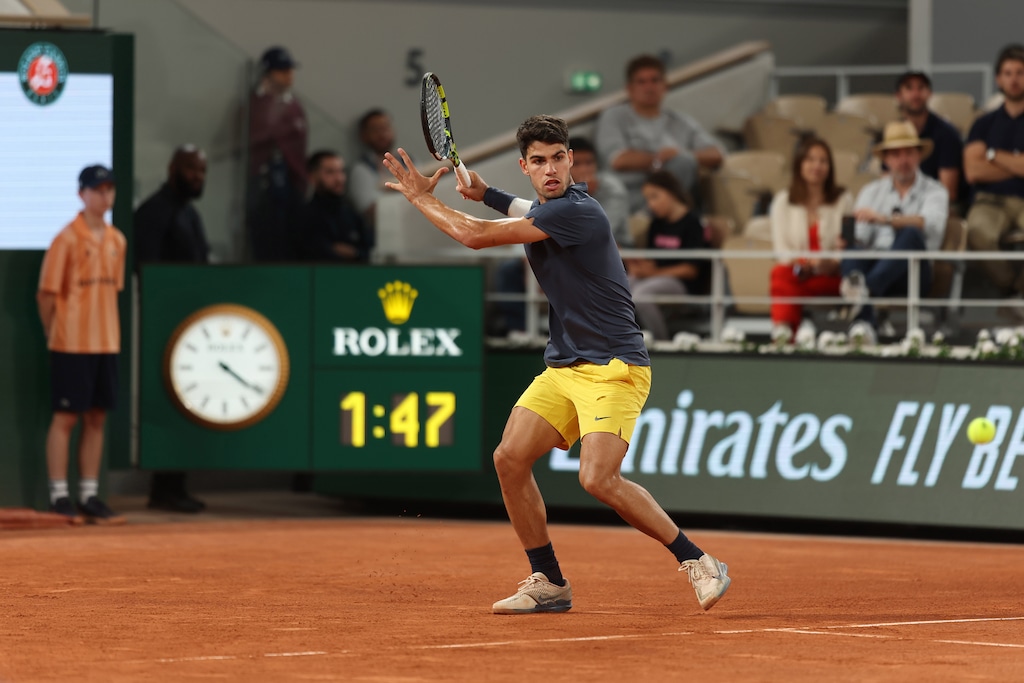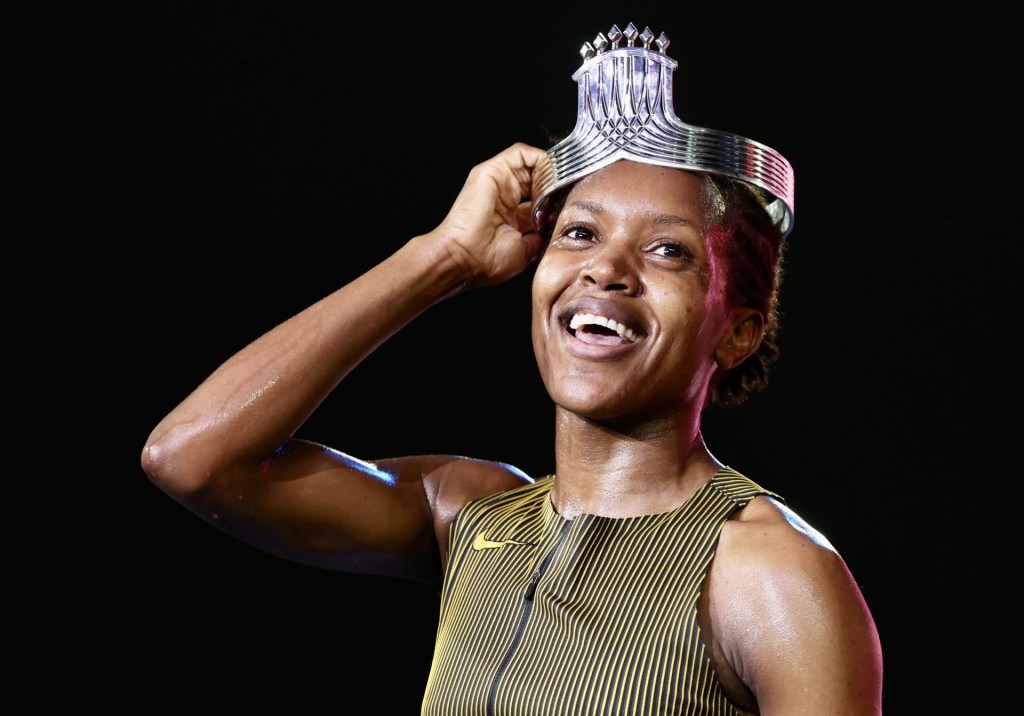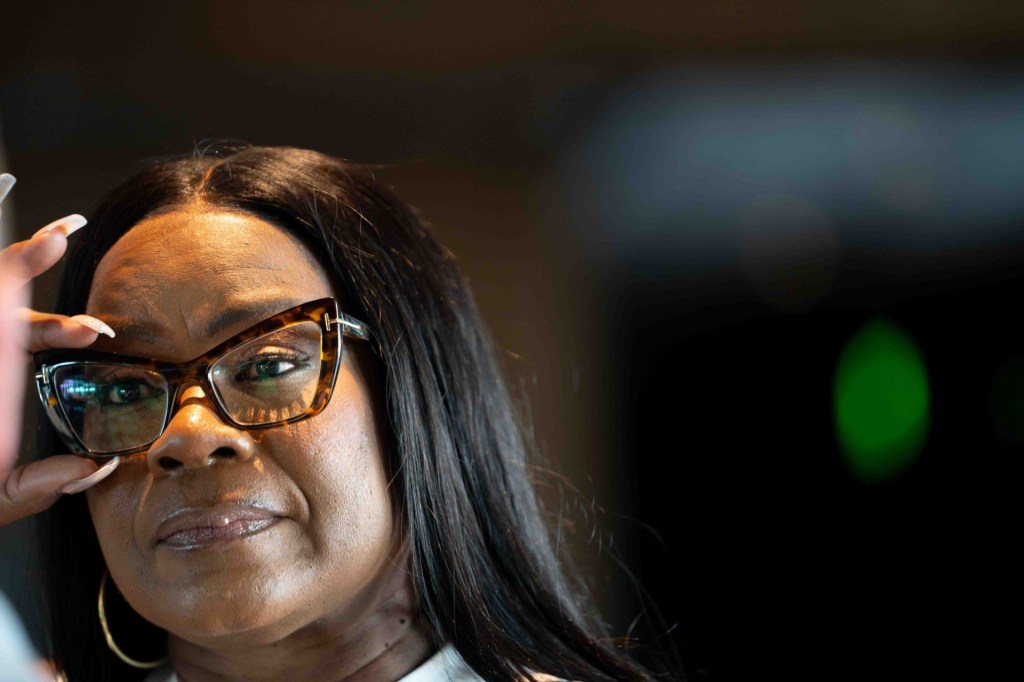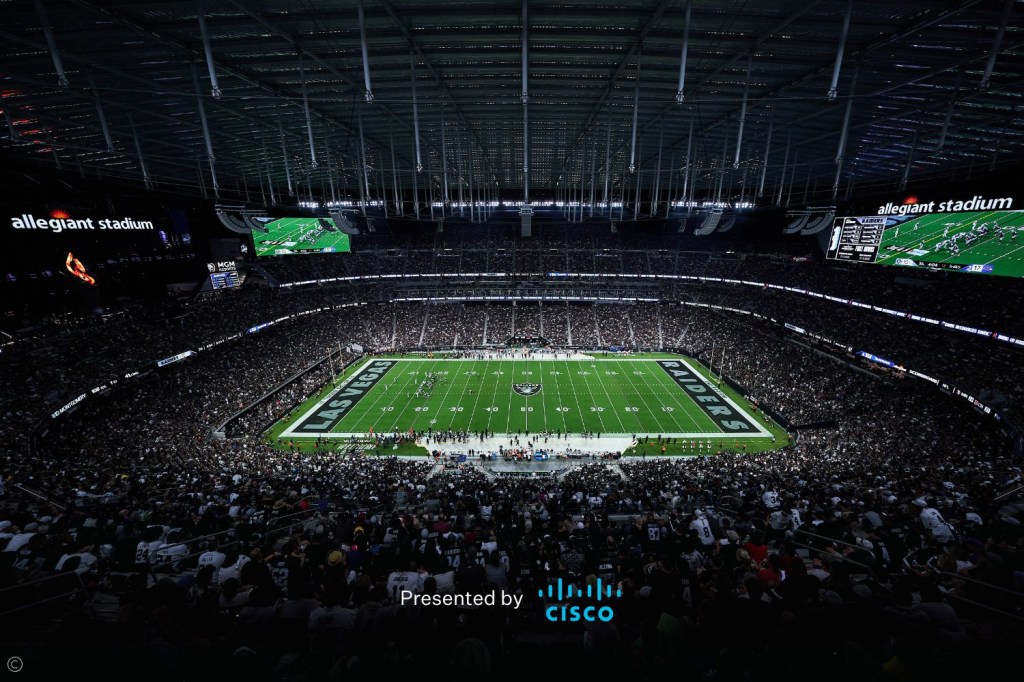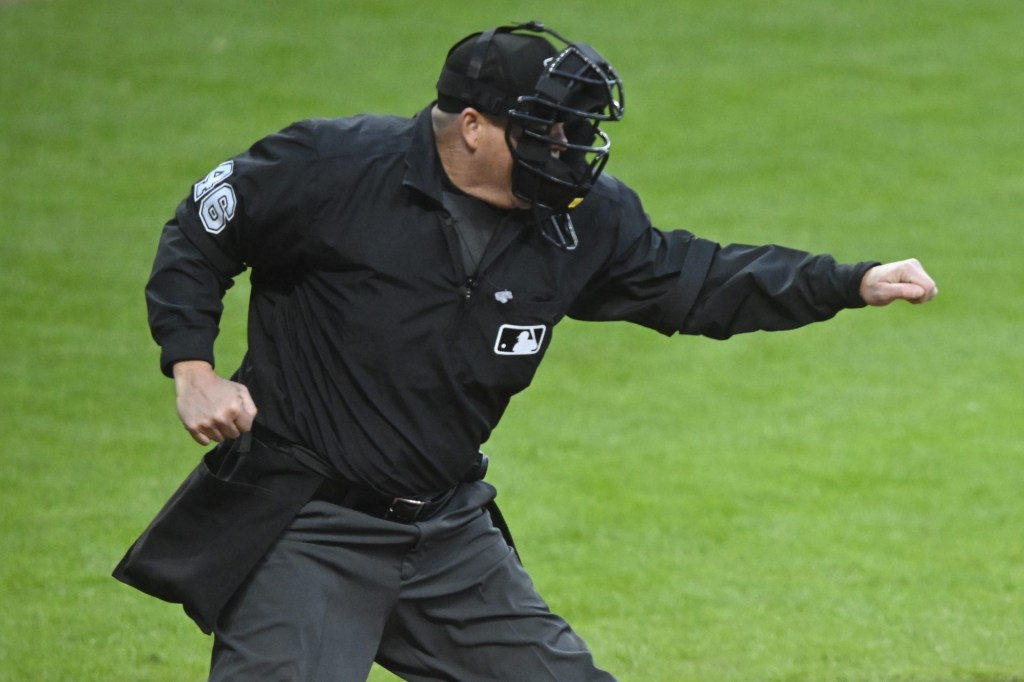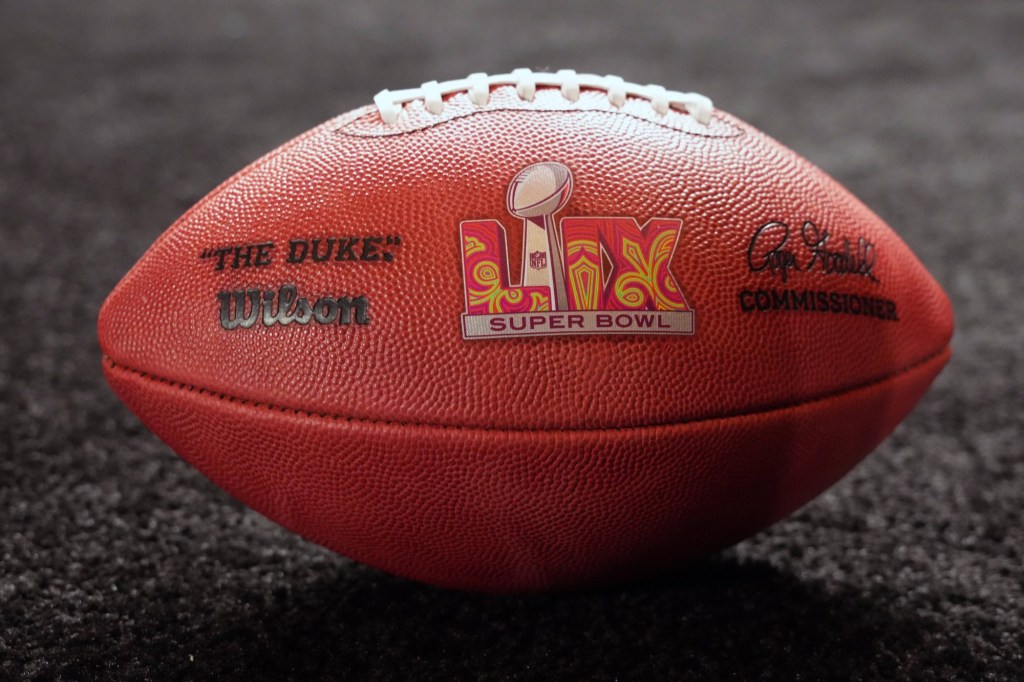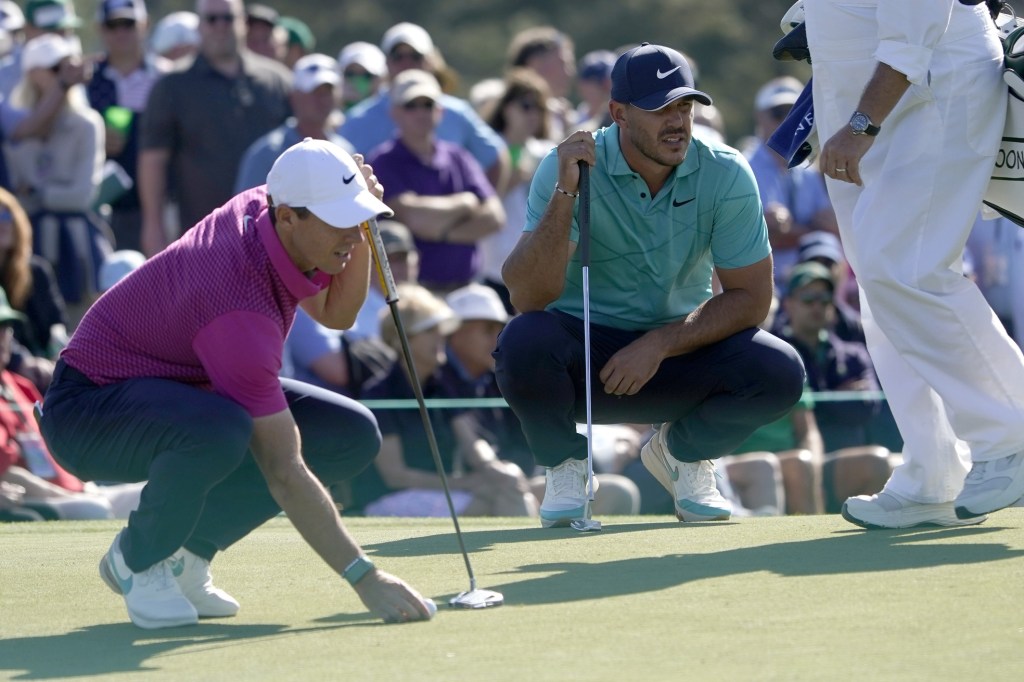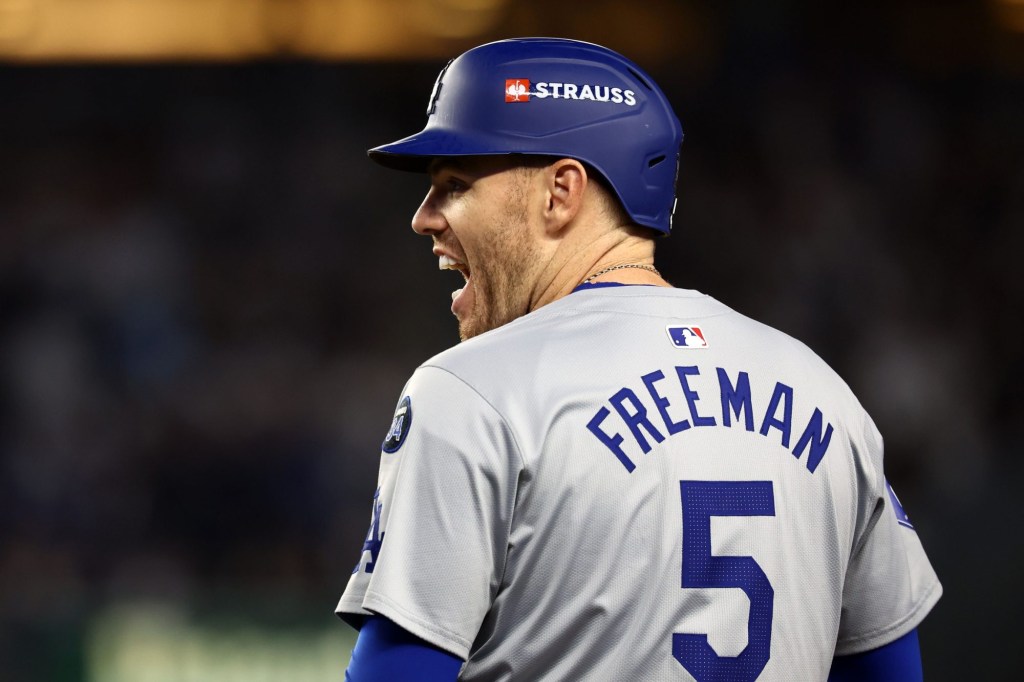Media executives are worried kids aren’t watching enough sports because they’re on Netflix and social media. But social media may be what ends up getting kids into the game, hinted panelists at the FOS Future of Sports Marketing event Dec. 11.
According to Bob Lynch, CEO and founder of sponsorship data platform SponsorUnited, NFL and college football and basketball athletes have roughly 120 million followers on TikTok. That platform, says Lynch, constitutes 39% of college athletes’ social following compared to 4% in pro sports. Some of the most popular college athletes, like UConn basketball star Paige Bueckers with her three million TikTok followers, get big NIL (name, image, and likeness) deals thanks to their massive social media presence.
“There’s going to be a coming wave of content that the kids that are 6, 8, 10 years old that are working an iPad and that are doing their own YouTube—it’s going to come,” he said.
ESPN chairman Jimmy Pitaro is certainly hoping those kids grow up fast. At ESPN’s media day in August, he said his biggest concern was keeping younger viewers engaged in sports content: “If you look at my kids: Netflix, Instagram, TikTok, Fortnite. They’re incredibly distracted. So can we make programs like Get Up and First Take that resonate with younger people?”
The shows may not yet be attracting audiences, but the company’s own social media platforms are.
Jo Fox, the newly hired ESPN senior vice president of marketing, knows the figures well. ESPN has 49 million followers on TikTok—more than any other brand on the platform. It uses that megaphone to provide not only breaking news and highlights but also to spotlight user-generated content. “That’s the way that we can serve people when they don’t have time to watch sports, or there is not much sports on,” she told the panel.
Or even, perhaps, when they don’t have the attention span to sit down and catch the first quarter.
So can they convert TikTok followers to event watchers? Likes and follows are great, but the dual advertising-carriage fee model depends on people watching the actual shows.
Fox noted organic content—the kind social media surfaces—often performs well compared to branded content in areas like paid marketing, but it has to be in service of something larger.
“The thing to keep in mind then is, ‘What is the job that that asset is supposed to do?’” Fox said. “So if it’s organic and it’s driving some sort of action you want the consumer to take—whether it’s to subscribe or to watch or to bet—you have to make sure that’s woven within that.”
The NHL, too, has made adjustments to its approach to cater to what fans want to see on social media.
“When I first joined, we went through this exercise ourselves, looked at the type of content we were doing,” said NHL CMO Heidi Browning. “As we listened to our fans, held focus groups and observed what was happening as sports social media was evolving, we recognized that people want to have a little bit more fun, they want to have a little bit more casual conversation, they want to see the bloopers, they want to see the personality.”
Of course, for major pro leagues or major broadcast networks to shift their social strategy takes time, Browning said. “You can’t just do that overnight.”
